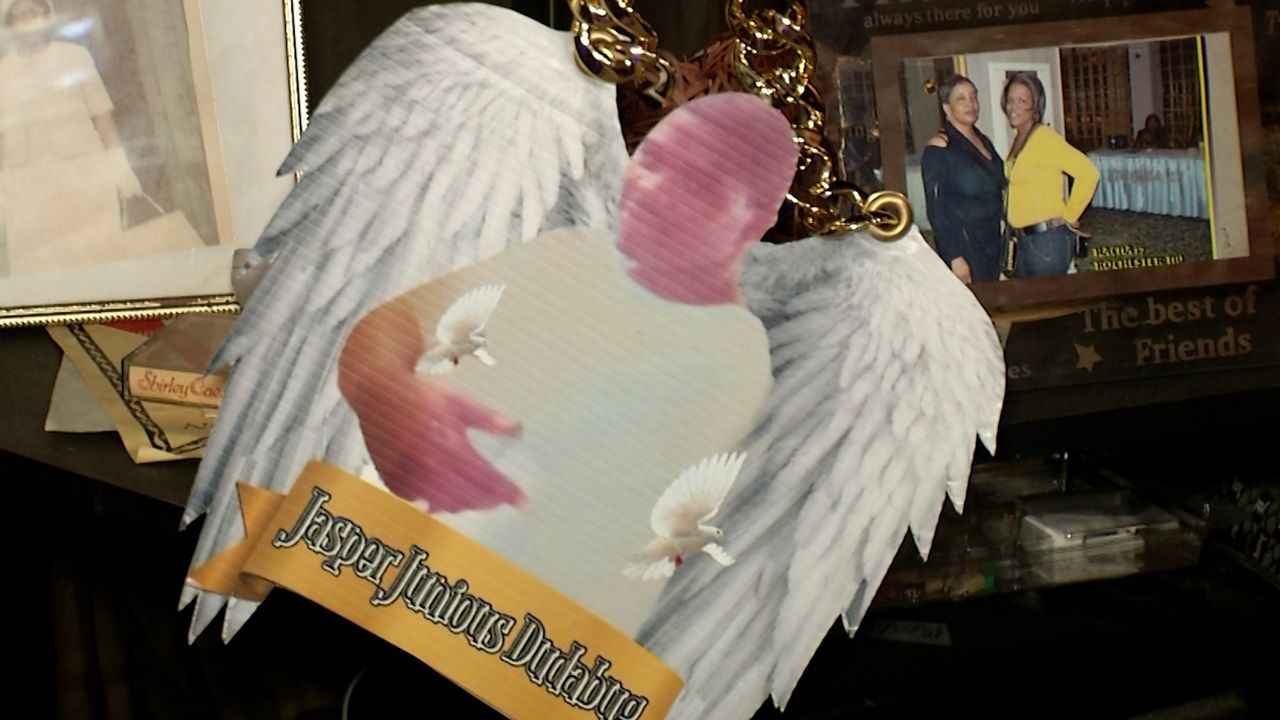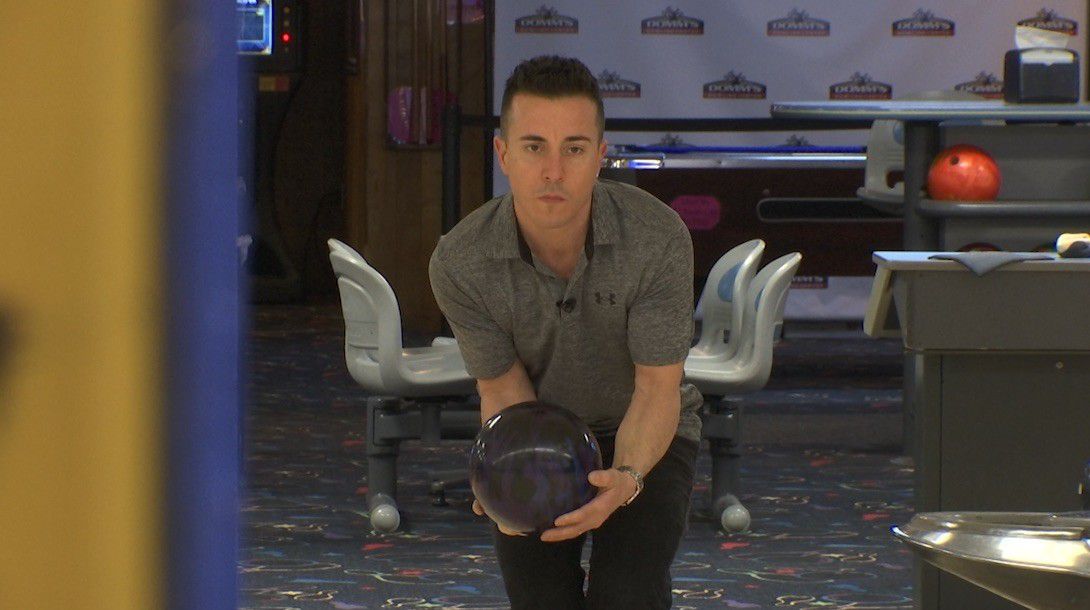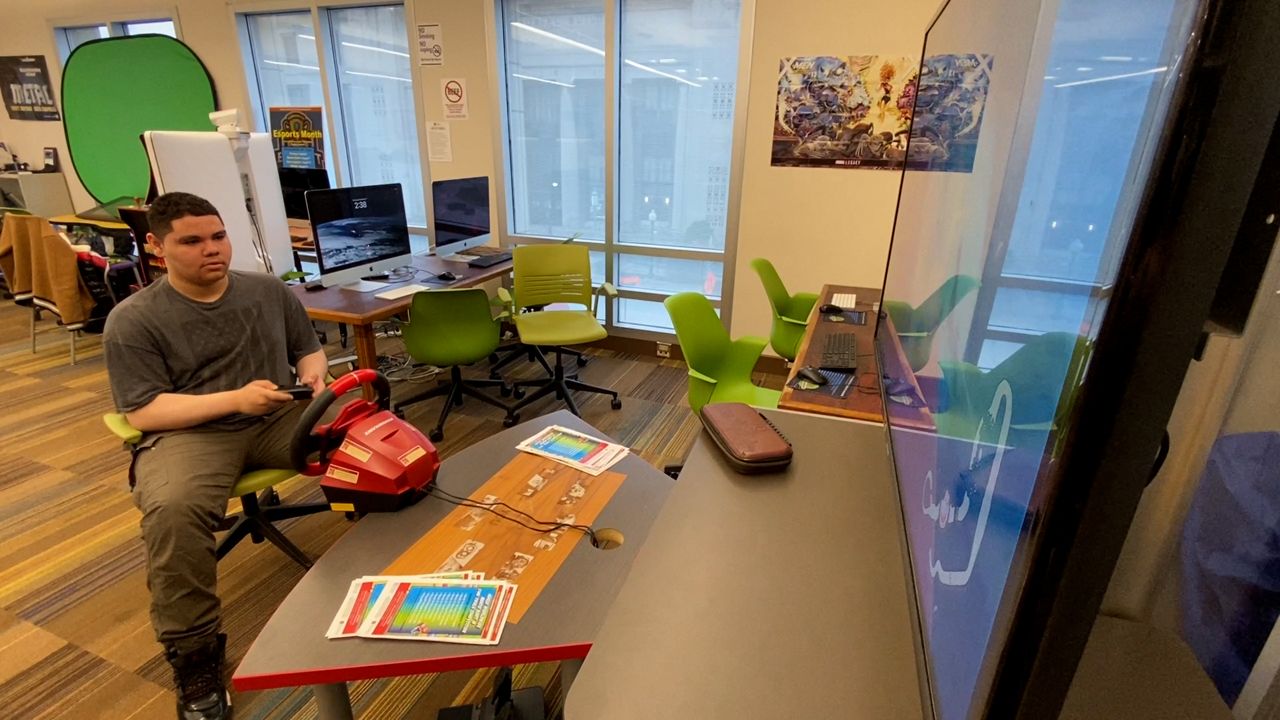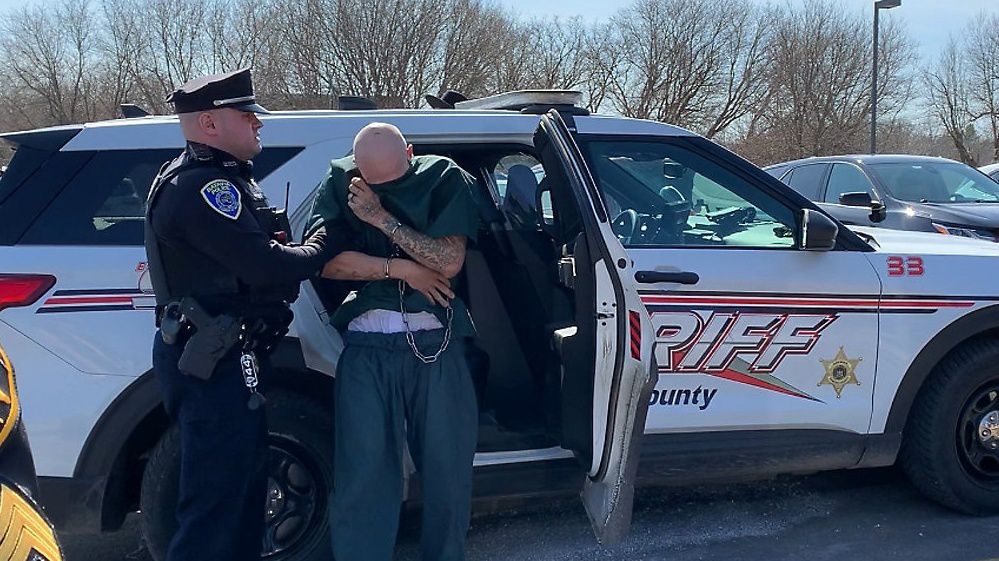ROCHESTER, N.Y. — Pediatricians can often prescribe many things, but a prescription for books is not unusual for facilities like Rochester Regional Health.
“It’s almost like a little gift that we can give to families,” pediatrics specialist Karol Hyjek said. “I particularly love just explaining how they can use the books. Some of the books don't have a lot of words, but you can, you know, explain the pictures, explain the colors and just form a conversation with a child even at the earliest age to kind of explain things to them.”
Partnering with Reach Out and Read, Rochester Regional Health and thousands of health care facilities across New York and the country reach more than four million children annually with reading materials.
“Any time you can promote early childhood literacy and promote bonding between a parent and a child is hugely important, especially when we work in areas that are very underserved and, you know, the low socioeconomic status,” Hyjek said.
Celebrating its 35th anniversary, the nonprofit partnered with Scholastic to curate an inclusive children’s book collection, "35 for 35." The collection features stories of people of color, characters with disabilities and LGBTQ+ characters and themes.
“We try to find books that a child can open up and either see a mirror of themselves reflected positively in the culture that they live in, Children's literature has a ways to go,” Reach Out and Read special projects director Janet Boswell said. “And so we're really proud to be able to highlight these books.”
Celebrating its milestone by giving back, the organization features four books in its collection highlighting same-sex couples.
“We have over 14,000 patients here,” Hyjek said. “So we would want to represent everyone that we see and treat here.”
Whether it’s reading the actual story or talking about the pictures, parents are reminded that they are their child’s first teacher.
The program allows families to not only be educated through the provided materials but also create important conversations.
“They introduce that in the doctor's office, like, ‘here's the book, don't forget that books are always going to be essential in your life,’” parent Liradys Nieves said. “So I really like that. The excitement that I can see in his face where he understands what's happening. So I think that's the best.”
Patients and organizers have found the book "prescriptions" to provide a safe space not only at the doctor’s but also within their own communities.
“Children need to feel affirmed and feel like they are part of the story, to feel like this is who I am and this is a valuable member of society,” Boswell said.
To request a diverse library of your own, click here.









